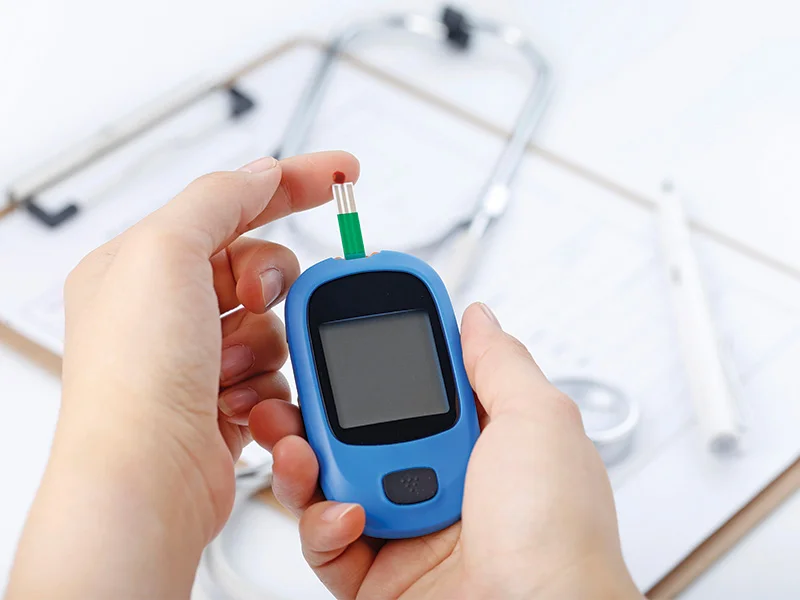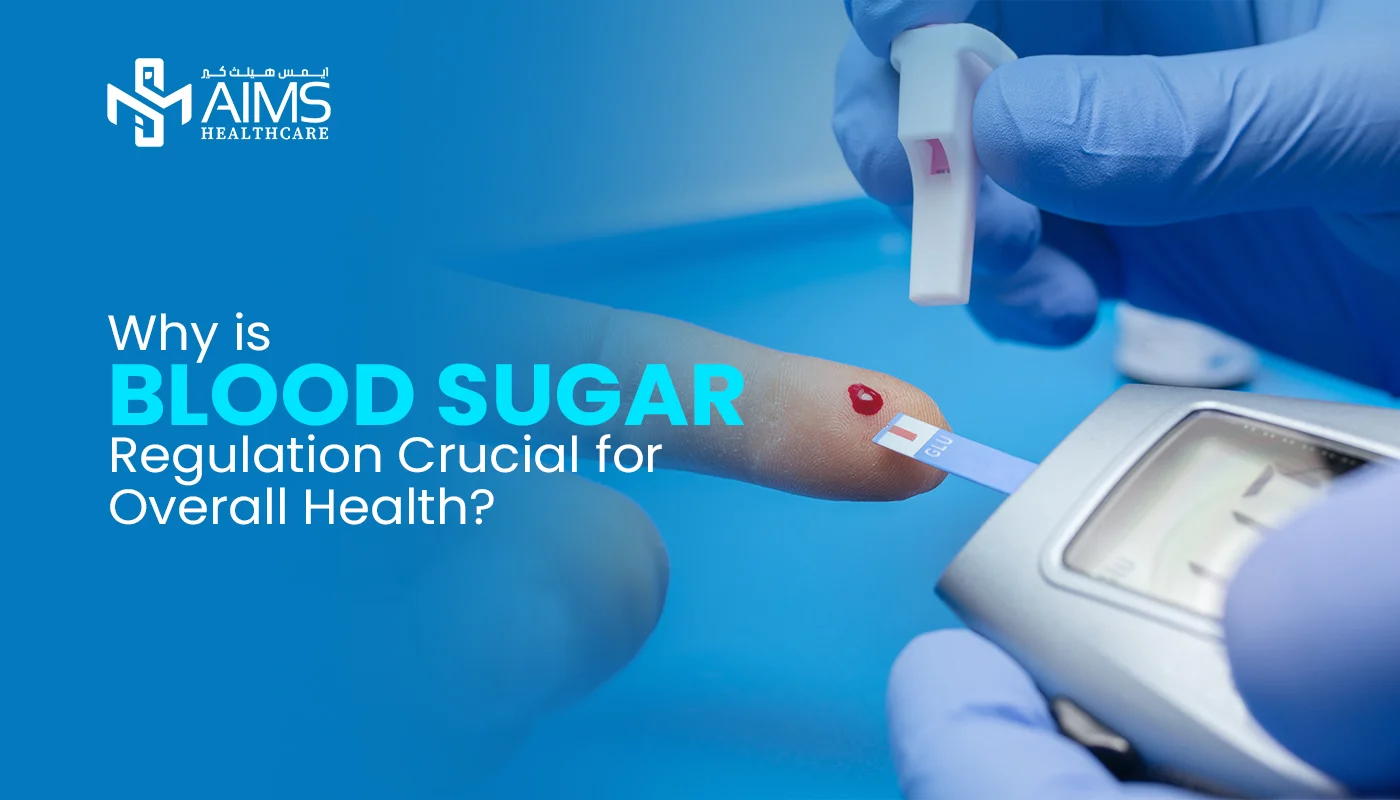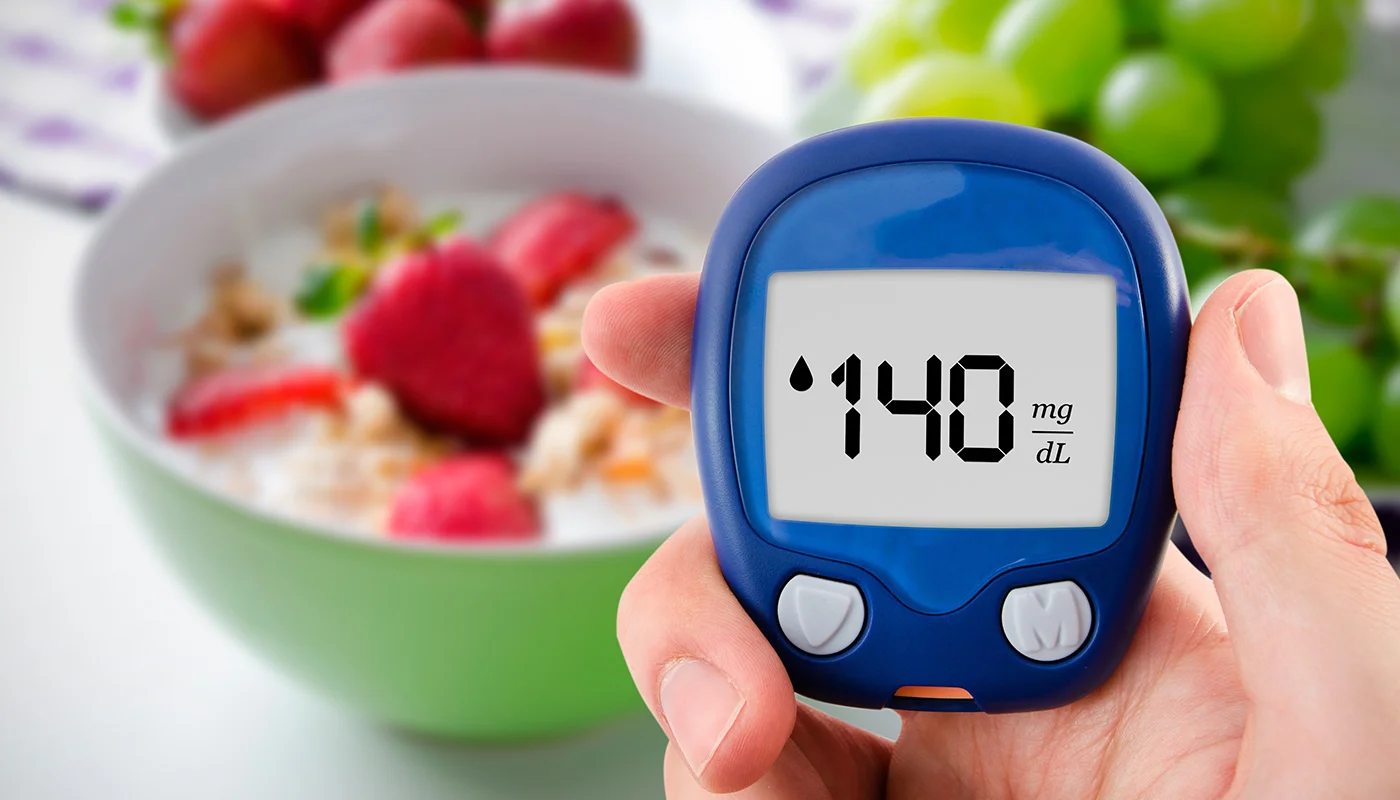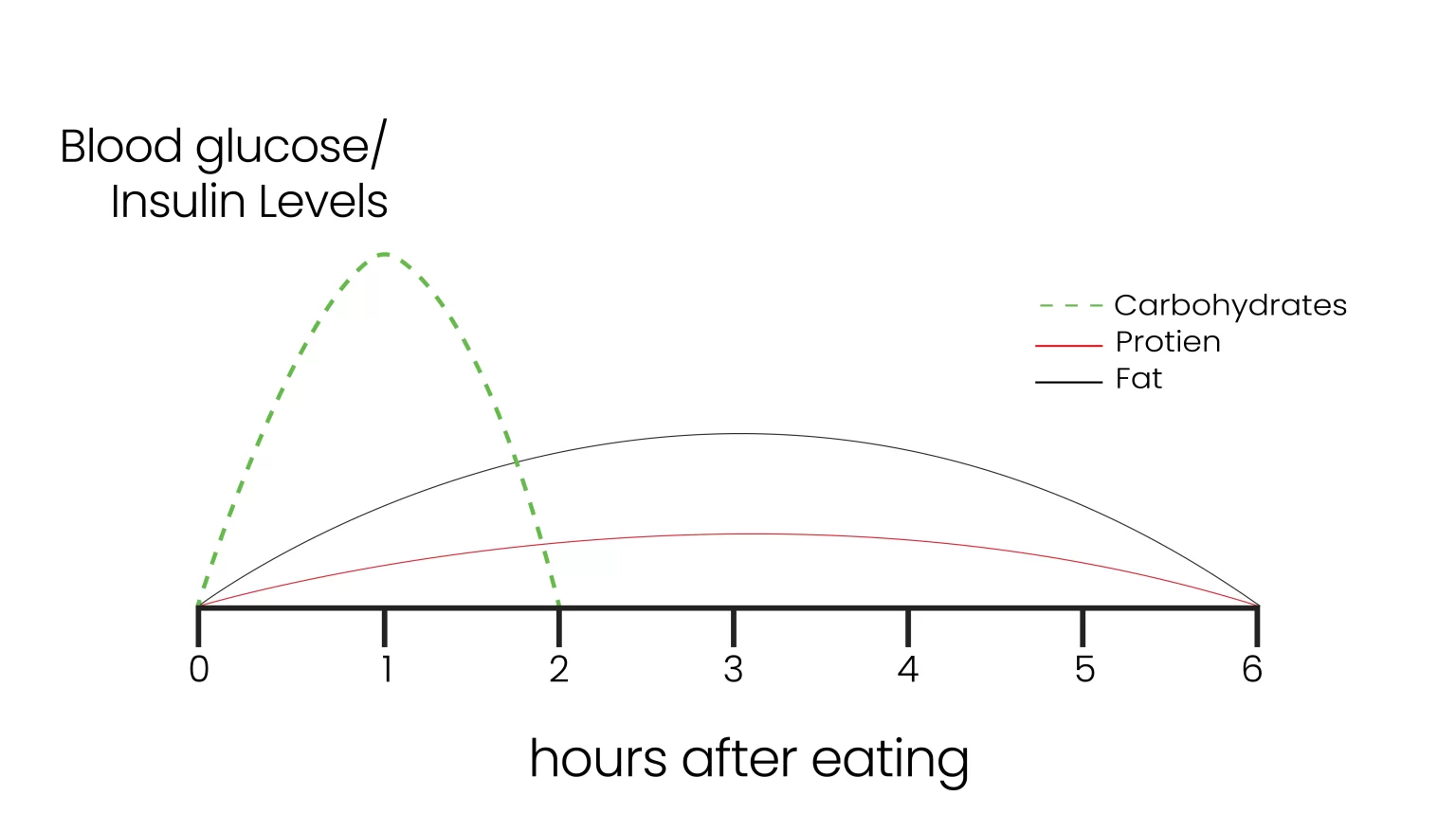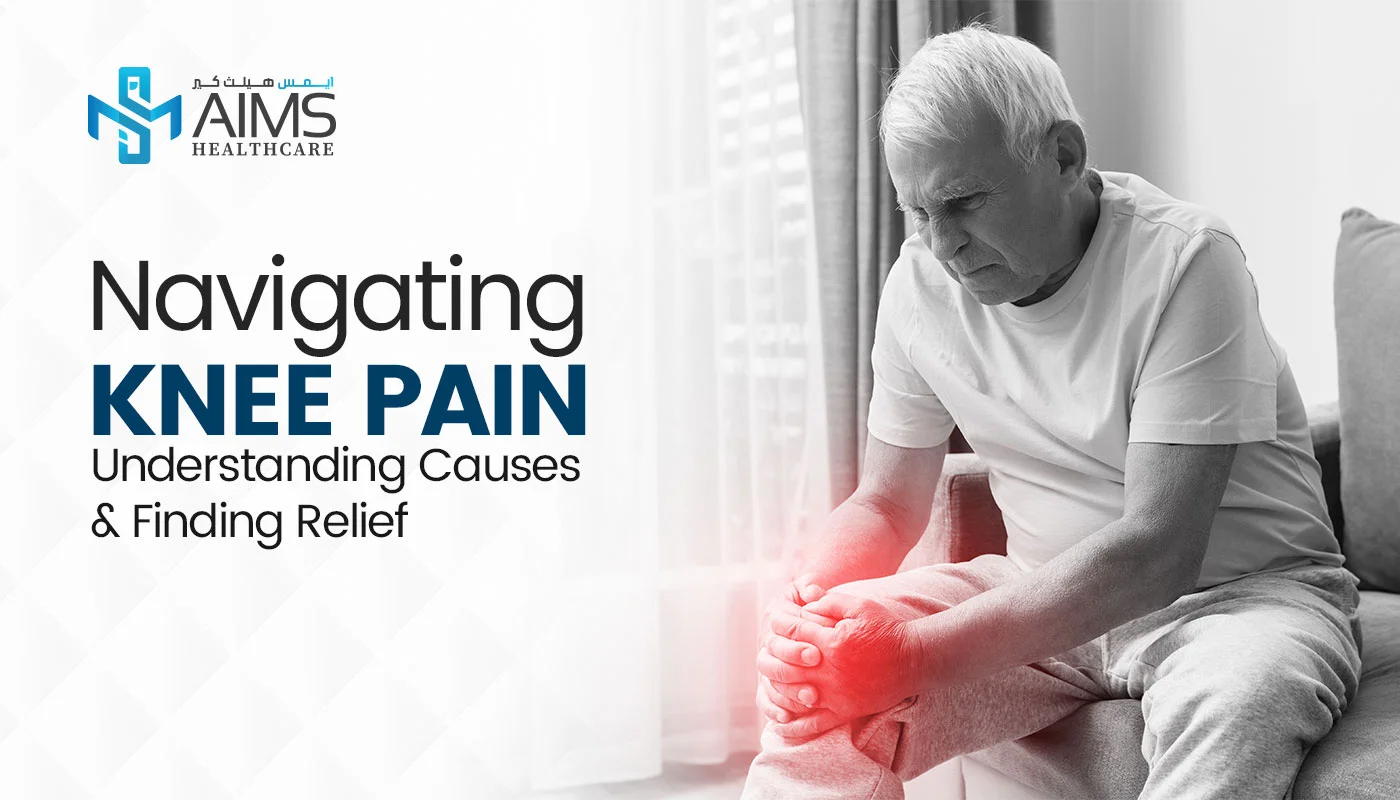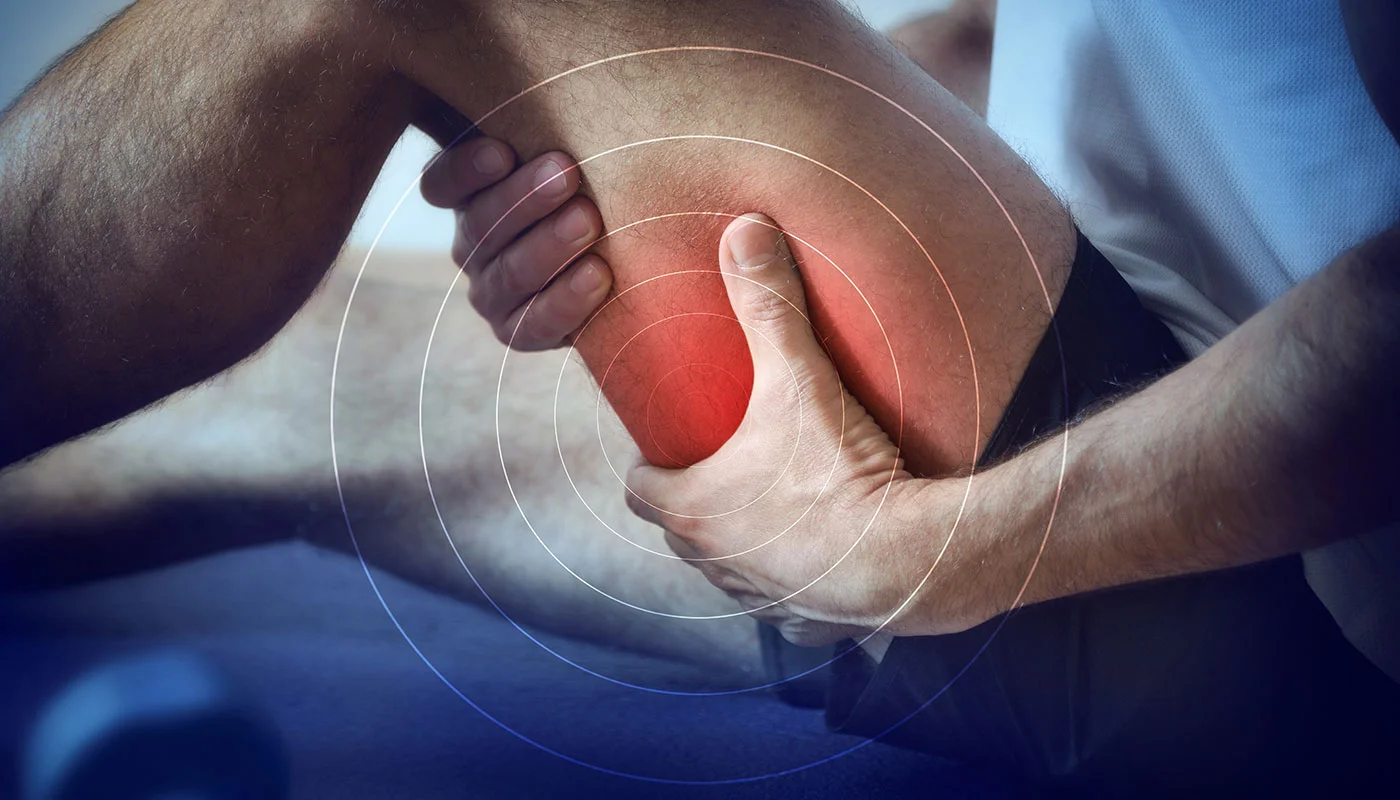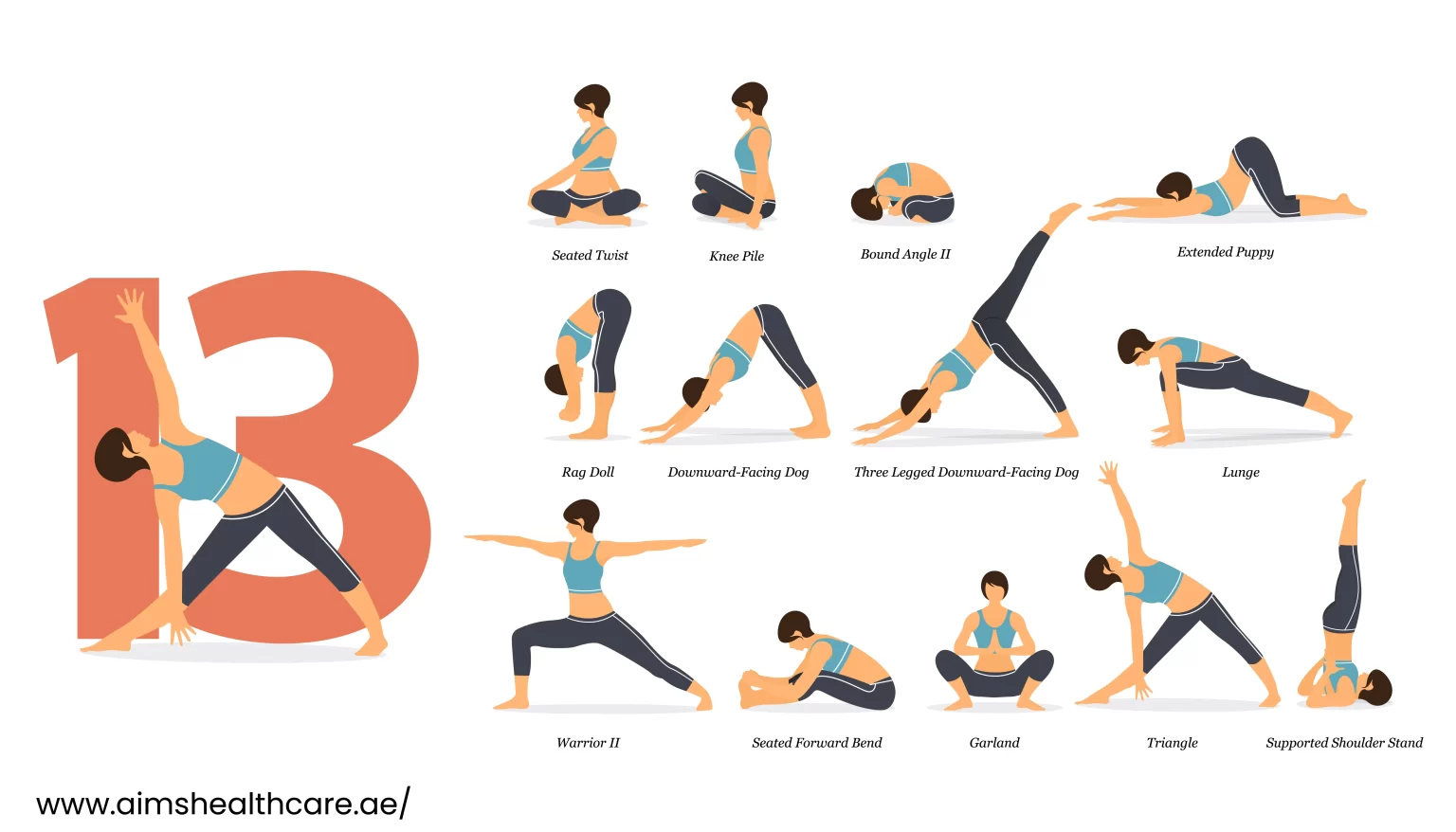
Table of Contents
Healthy Fasting, Happy Digestion! Explore Tips for a Smooth Ramadan.
As the holy month approaches, fasting holds significant spiritual and cultural importance for millions worldwide. However, fasting can sometimes pose challenges to digestive health, leading to discomfort or inefficiency. In this blog, we’ll delve into essential tips and tricks to ensure your digestive system remains in top condition throughout Ramadan. From strategic meal planning to mindful eating practices and dietary adjustments, we’ll explore practical strategies to support a healthy fast. Join us as we embark on a journey to enhance your digestive well-being and elevate your Ramadan experience.
Why Optimizing Your Digestive System During Ramadan is Important?
During Ramadan, fasting can lead to significant changes in the digestive system, including alterations in both gut health and metabolism. Plus, the body goes through four unique stages, each of which has a distinctive effect on your digestive system. Listed below are the stages:
- Detoxification Stage 1: Days 1-2 (fed state)
- Detoxification Stage 2: Days 3–7 (early fasting state)
- Detoxification Stage 3: Days 8–15 (fasting state)
- Detoxification Stage 4: Days 16–30 (long-term fasting state) (starvation state).
However, being aware of these stages during fasting can help you prepare and adjust your diet accordingly.
Tips & Tricks for a Healthy Fast
Do you want to optimize your digestive system during Ramadan but are not sure how to do it? Look no further! Listed below are some of the best tips that you can follow for a healthy fast.
1. Understanding Digestive Challenges
Fasting can bring about various digestive challenges due to changes in eating patterns and meal timing during Ramadan. Some common issues include:
- Acidity and heartburn
- Bloating
- Constipation
- Reflux
- Nutrient Imbalance
Understanding these digestive challenges can help individuals adopt strategies to mitigate them and promote better digestive health during Ramadan. Additionally, avoiding excessive caffeine and sugary foods can help prevent digestive discomfort and promote overall well-being during fasting.
2. Hydration Strategies
Optimal hydration strategies are crucial for maintaining health and energy levels while fasting. Here’s what you need to do:
- Start with hydrating fluids like water and electrolyte-rich beverages during Suhoor and Iftar.
- Try including hydrating foods like fruits and vegetables with high water content in your meals.
- Avoid caffeine and sugary drinks, as they can dehydrate you during Ramadan.
- Try sipping water gradually throughout non-fasting hours to prevent dehydration.
Furthermore, if exercising, hydrate before and after workouts and consider shorter, less intense activities during fasting hours. Consult a healthcare professional for personalized hydration guidance during Ramadan fasting.

3. Balanced Nutrition Choices
Maintaining balanced nutrition is essential for sustaining energy levels and overall well-being, during Ramadan. As it ensures sustained energy release throughout the day.
You can opt for nutrient-dense foods like whole grains, lean proteins, fruits, and vegetables during Suhoor and Iftar. |
Include sources of healthy fats like nuts and seeds to promote satiety and regulate blood sugar levels. |
|---|---|
|
|
Note : If you experience health issues, consult a dietitian for personalized nutrition recommendations during Ramadan.
4. Portion Control Techniques
The best way to maintain balanced nutrition and prevent overeating during Ramadan is through effective portion control. Start by dividing your plate into sections:
- Allocate half for vegetables
- A quarter for lean proteins
- A quarter for carbohydrates
Try using smaller plates and utensils to control portion sizes. Chew slowly and savor each bite, allowing time for your brain to register fullness. Avoid distractions while eating to focus on your meal and prevent mindless overeating. You can also practice self-awareness and listen to your body’s hunger and fullness cues to avoid excess intake.
5. Incorporating Fiber-Rich Foods
Fiber-rich foods help in sustaining your blood sugar levels throughout the day, and keep you feeling full and energized. So, you might need to increase your intake of fiber if you’re not receiving enough of it every day. Good options consist of the following listed below:
The best fiber choices to consider:
- Whole-grain products
- Fruits
- Vegetables
- Beans, peas and other legumes
- Nuts and seeds

Fiber: Daily Recommendations for Adults
|
|
|
|---|---|---|
|
|
|
|
|
|
6. Mindful Eating Practices
Mindfulness is the best way to focus on one’s thoughts, emotions, and physical sensations in the present moment. This mindful eating practice helps to increase gratitude for food during Ramadan, which can improve the overall eating experience. Here’s what you need to consider:
- Begin with a prayer or intention before eating, and break fast with dates and water to ease digestion.
- Chew slowly and savor each bite mindfully. Focus on the taste, texture, and aroma of the food, and avoid distractions such as screens or conversations.
- Eat in moderation, honoring the body’s needs. Plus, be grateful for the food and blessings received, and try to pause between bites to assess hunger levels.
- Listen to your body’s hunger and fullness cues, and include a variety of nutritious foods for balanced nourishment. Stay hydrated by drinking water throughout the night.
- Remember the purpose of fasting and eating mindfully during Ramadan? This will help you practice self-compassion if slips occur; it’s a journey. Furthermore, you can also engage in light physical activity after meals for digestion.

7. Managing Digestive Discomfort
Digestive problems are common during Ramadan. It is often caused by overeating after a long period of fasting or by consuming a larger quantity of fatty and spicy foods. Therefore, it is necessary to take proper steps to strategize to alleviate symptoms and promote overall gastrointestinal health. Because if you ignore your digestive issues now, it can lead to severe problems. Here’s a guide to manage digestive discomfort:
- Change eating habits and stay hydrated with water and herbal teas to aid digestion.
- Dietary modifications can be overwhelming, but practice mindful eating to be more aware of hunger and fullness cues.
- Lifestyle changes can be made by managing stress through relaxation techniques like deep breathing, meditation, or yoga.
- Natural remedies to prevent gas, bloating, heartburn, constipation, diarrhea, pain, etc.
Always consult with a healthcare professional before starting any new treatment or making significant changes to your diet or lifestyle, especially if you have pre-existing medical conditions or are taking medications.
8. Physical Activity Recommendations
To stay fit and active, moderate-intensity physical activity during non-fasting hours, such as early morning or evening, is quite important. You can choose low-impact exercises like:
- Walking
- Cycling
- Swimming
- Yoga or stretching
You can aim for at least 30 to 60 minutes of moderate-intensity physical activity most days of the week. But avoid intense workout and listen to your body and adjust the intensity and duration of exercise based on energy levels and hydration status. As this will help you to maintain your fitness levels, support overall health, and enhance your well-being while respecting the fasting tradition.
9. Consulting a Healthcare Professional
Consulting a healthcare professional is crucial for personalized medical guidance and support during Ramadan. With their expertise, individuals can effectively address health concerns and take the necessary measures to avoid health issues. As professionals, we can offer you comprehensive assessments, diagnoses, and treatment plans tailored to an individual’s health needs. Plus, it provides valuable insights into managing chronic conditions, providing preventive care, and promoting overall well-being.
Conclusion
We hope that the above guide has cleared all your myths. So now you can prioritize your digestive health during Ramadan. As it is essential for a fulfilling fasting experience. By implementing the tips and tricks discussed, you can enhance overall well-being. Just remember to practice mindful eating, stay hydrated, and listen to your body’s signals. With strategic meal planning, dietary adjustments, and self-care practices, you can navigate the fasting period with ease and comfort. As you embark on your Ramadan journey, may these insights empower you to nourish your body, nurture your spirit, and embrace the blessings of this sacred time.
Wishing you a healthy and blessed Ramadan!
Get Better With Aims Healthcare!
Your wellness is just a call away!
Frequently Asked Questions
You can prevent gastric problems during Ramadan fasting by avoiding overeating.
To maintain hydration and energy levels during fasting, you can drink plenty of fluids and choose fluid-rich foods.
You can consume fiber-rich food to support digestive health during Ramadan.
You can ease into breaking the fast with hydrating fruits, light soups, etc. You can also slowly introduce solid foods that can help prevent overwhelming the digestive system.
You can opt for smaller portions of traditional dishes, and incorporating fiber-rich fruits, vegetables, and lean proteins can promote better digestion during Ramadan.
Read our Latest Blogs

Optimizing Your Digestive System During Ramadan: Tips & Tricks for a Healthy Fast
Table of Contents Healthy Fasting, Happy Digestion! Explore Tips for a Smooth Ramadan. As the holy month approaches, fasting holds significant spiritual and cultural importance

STDs and Pregnancy: What Every Expectant Parent Should Know
Table of Contents Protecting Parenthood: Understanding STDs for a Healthy Pregnancy! STDs are serious illnesses that require proper treatment, and understanding the implications of sexually

Top 10 Tips for a Stronger Immune System When Fasting Ramadan
Table of Contents According to the Centers for Disease Control and Prevention (CDC), more than 80% of people with prediabetes have no awareness because it









